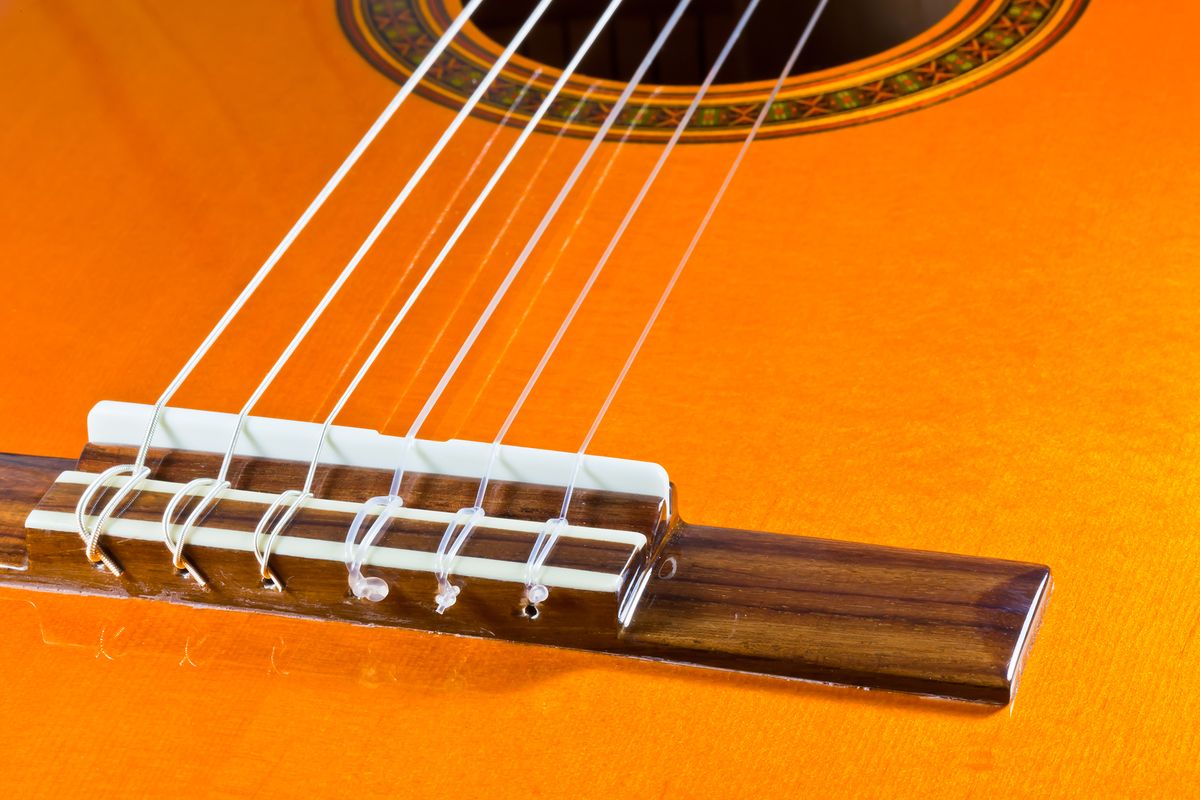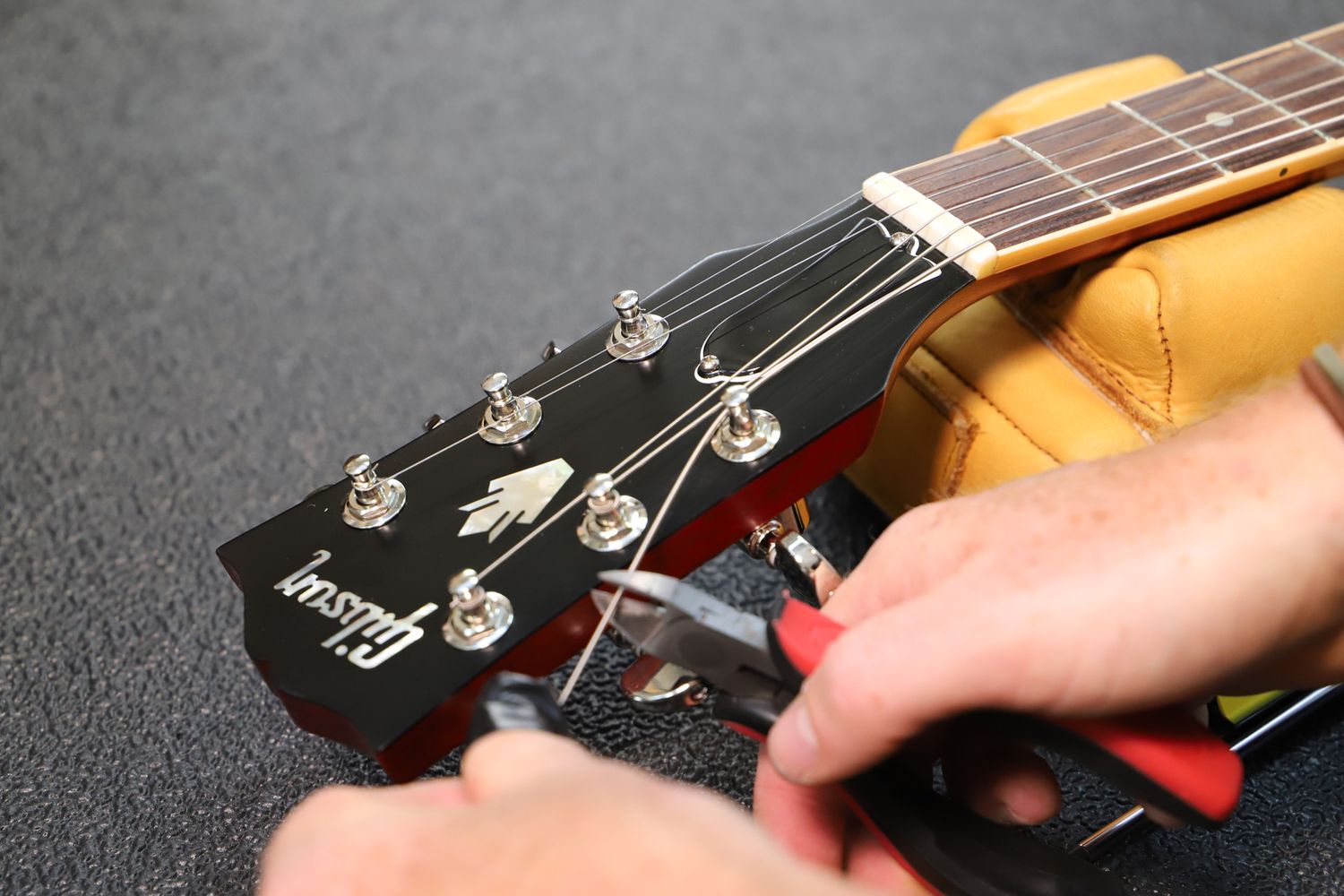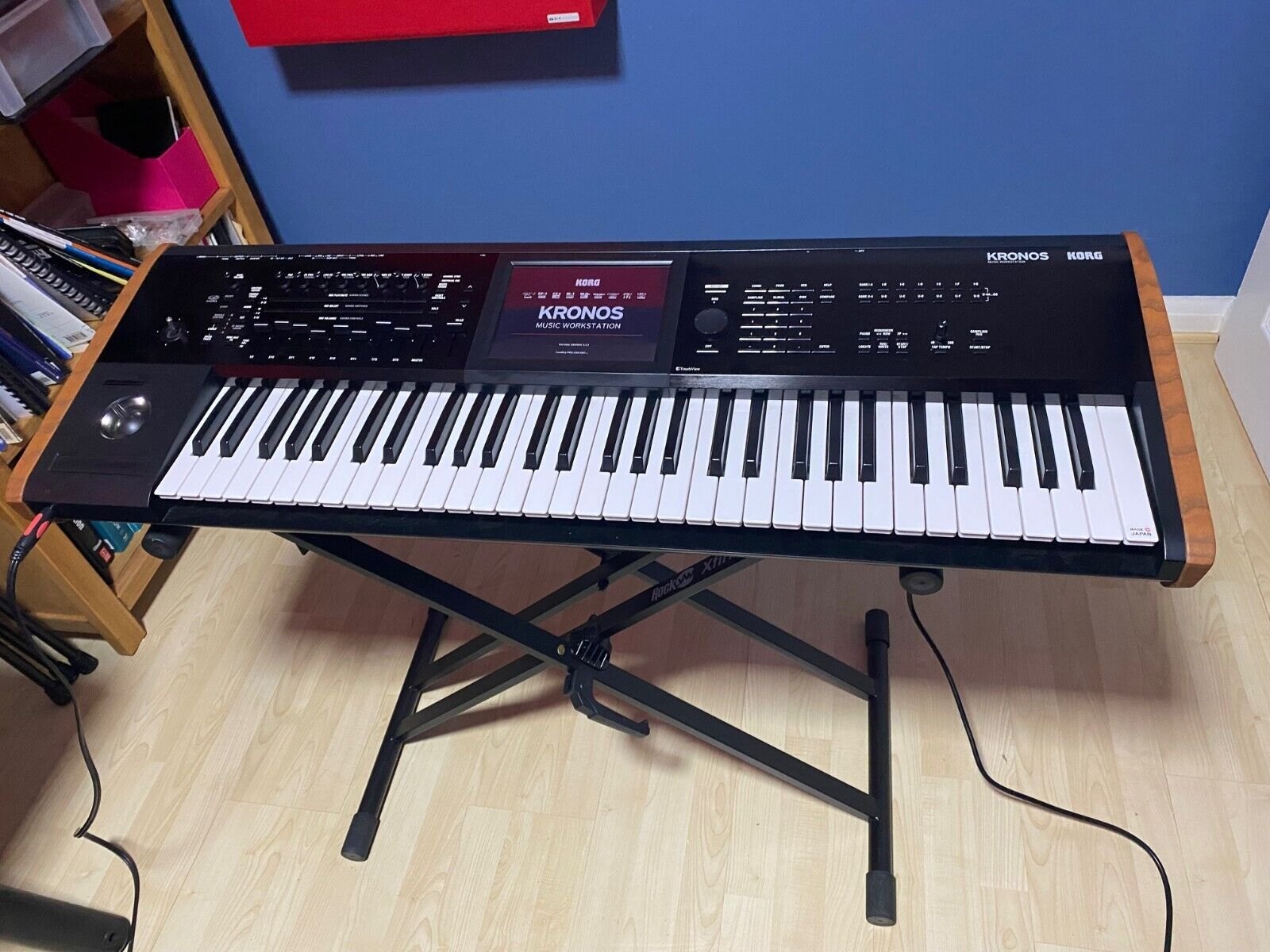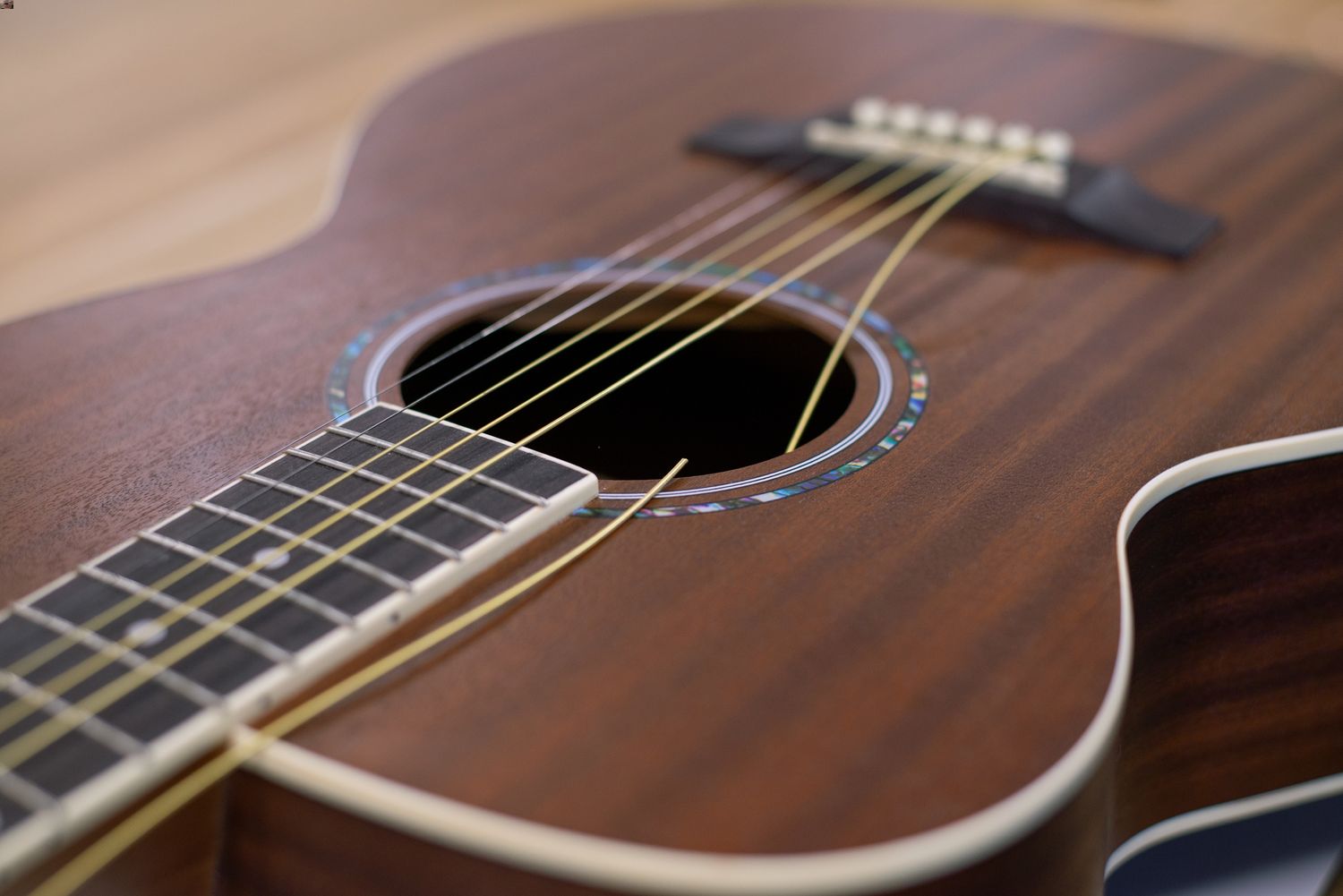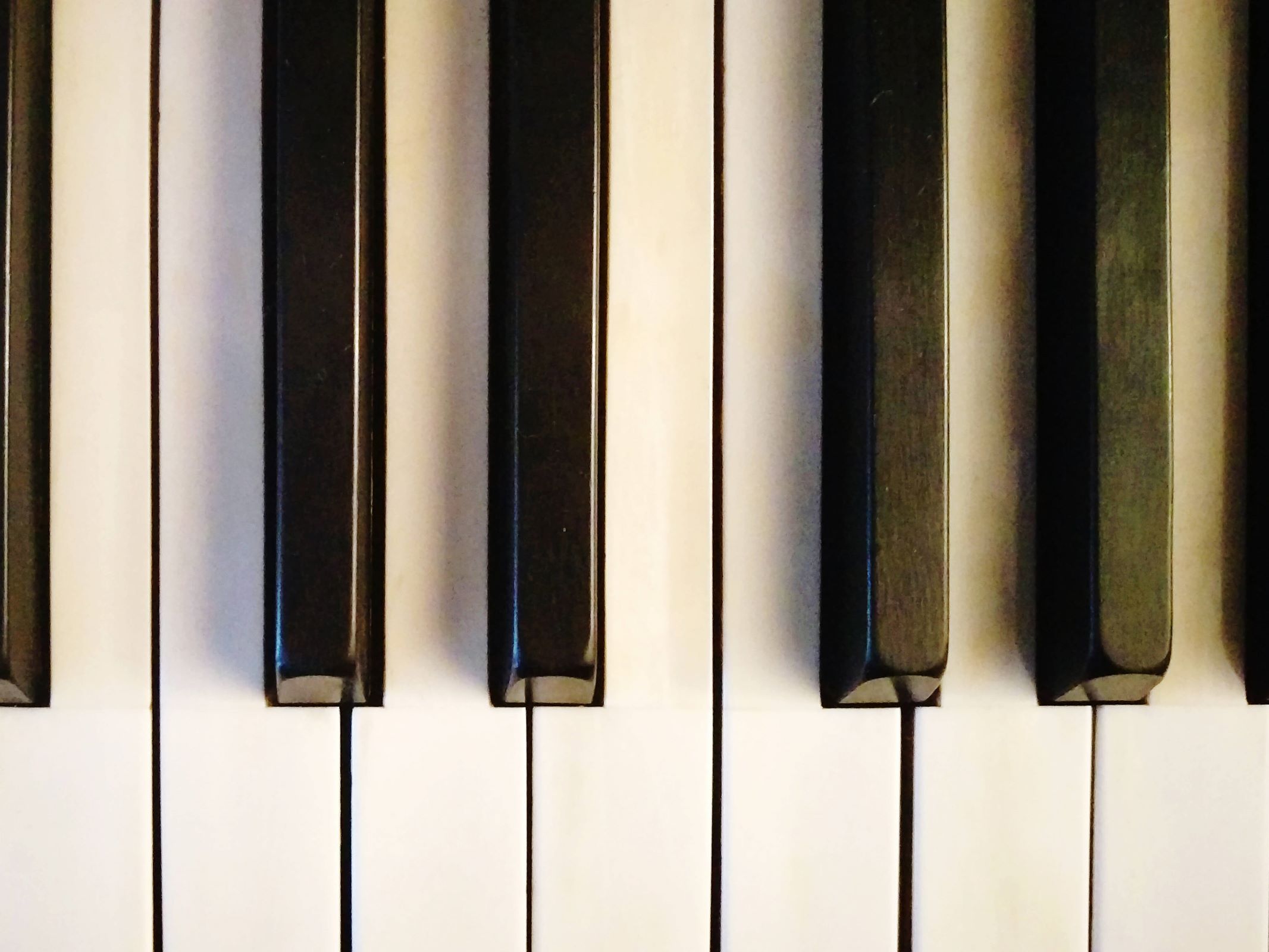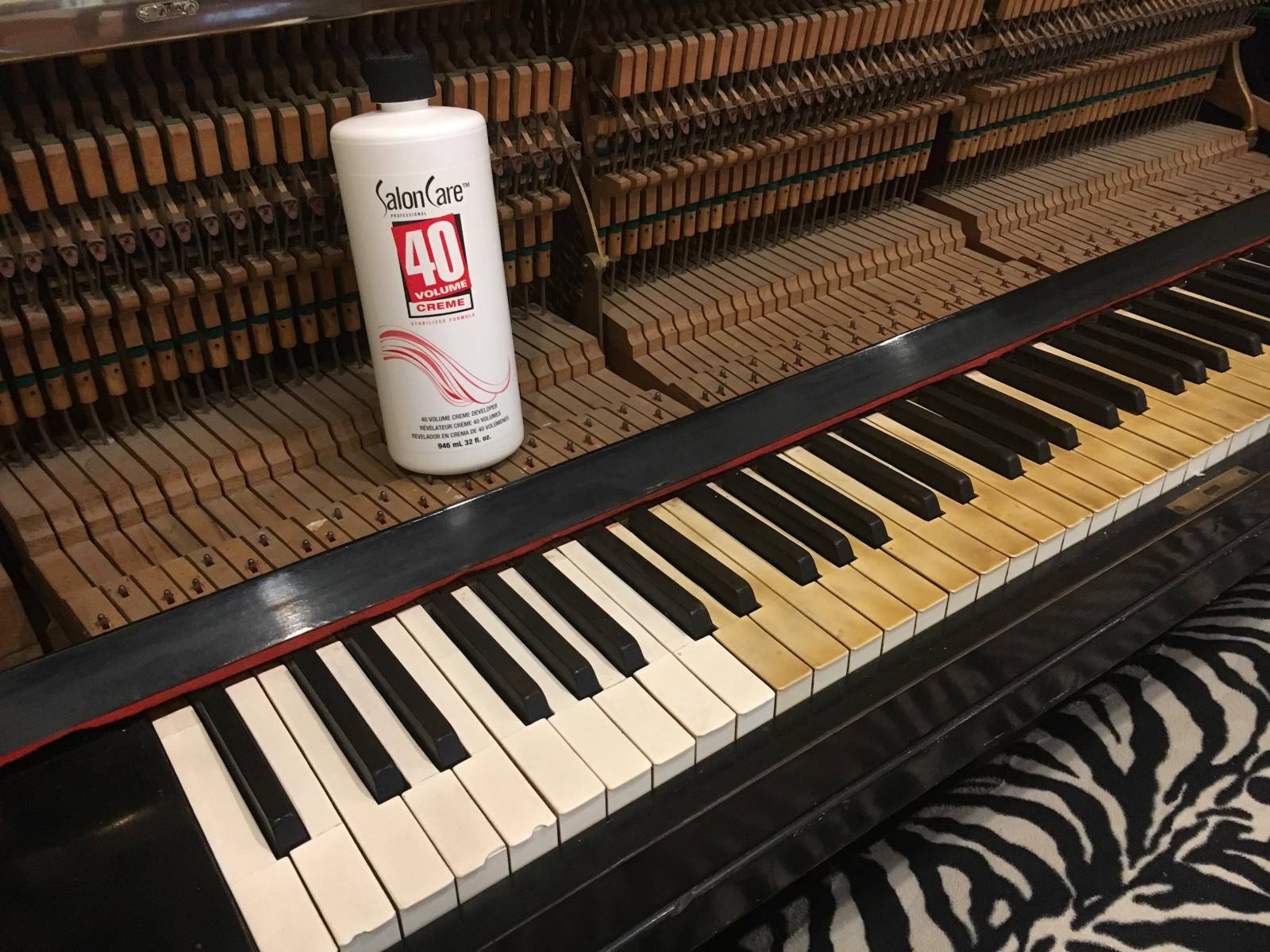Home>Instruments>Guitar>How To Change The Key On A Guitar


Guitar
How To Change The Key On A Guitar
Published: February 12, 2024
Learn how to change the key on a guitar with our step-by-step guide. Master the art of transposing and playing in different keys effortlessly. Enhance your guitar skills today!
(Many of the links in this article redirect to a specific reviewed product. Your purchase of these products through affiliate links helps to generate commission for AudioLover.com, at no extra cost. Learn more)
Table of Contents
**
Introduction
**
If you're an avid guitarist, you may have encountered situations where a song doesn't quite fit your vocal range or sounds better in a different key. In such instances, knowing how to change the key on a guitar can be invaluable. Whether you're a beginner or a seasoned player, understanding this process can enhance your musical versatility and creativity.
Changing the key on a guitar involves altering the pitch of the chords to better suit your vocal range or to accommodate other instruments in a band. This skill empowers you to adapt songs to your preferences, making them more enjoyable to play and sing. Furthermore, it allows you to collaborate with other musicians seamlessly, as you can adjust the key to match their instruments or vocal capabilities.
In this comprehensive guide, we will delve into the fundamental concepts of guitar keys and explore the steps to effectively change the key on a guitar. Additionally, we'll provide valuable tips to ensure a smooth and efficient transition between keys. By the end of this article, you'll have the knowledge and confidence to navigate the intricacies of key changes, expanding your musical repertoire and enriching your guitar playing experience.
**
Understanding the Basics of Guitar Keys
**
Before delving into the process of changing the key on a guitar, it’s essential to grasp the fundamental concepts of guitar keys. In music theory, a key represents a set of related notes and chords that form the basis of a song or musical piece. Each key has a tonic, which serves as the central or home note, and a specific scale that defines its unique sound.
On the guitar, different keys are achieved by using various chord shapes and scales. The most common keys used in popular music are major keys, such as C major, G major, and D major, as well as their relative minor keys, including A minor, E minor, and B minor. Understanding the relationship between these keys and their respective chords is crucial for effectively changing the key on a guitar.
When changing the key on a guitar, it’s important to identify the current key of the song and the desired key to which you intend to transpose it. Transposition refers to the process of shifting all the chords and notes in a song to a new key while maintaining their relative positions and intervals. This allows the song to retain its original structure and character in a different key, accommodating the preferences of the performer or vocalist.
Furthermore, it’s beneficial to familiarize yourself with chord progressions in different keys, as these progressions form the backbone of many songs. By understanding the chord structures and relationships within various keys, you can navigate key changes with ease and creativity, opening up a world of musical possibilities on the guitar.
Whether you’re playing solo or in a band setting, a solid grasp of guitar keys enables you to adapt to diverse musical contexts and collaborate effectively with other musicians. As we proceed, we’ll explore the practical steps involved in changing the key on a guitar, empowering you to apply this knowledge in your musical endeavors.
**
Steps to Change the Key on a Guitar
**
Changing the key on a guitar involves a systematic process to ensure a seamless transition while preserving the integrity of the song. Here are the essential steps to effectively change the key on a guitar:
-
Identify the Current Key: Begin by determining the current key of the song. This can be achieved by analyzing the chords and notes used in the song's progression. Once you've identified the current key, you can proceed to the next step.
-
Understand the Relationship Between Keys: Familiarize yourself with the relationship between the current key and the desired key to which you intend to transpose the song. This understanding will guide the transposition process and help you maintain the song's structure and harmonic elements.
-
Transpose the Chords: Using your knowledge of chord shapes and scales, transpose the chords of the song to the new key. This involves shifting each chord to its corresponding position in the new key while preserving the original chord progression and harmonic sequence.
-
Use a Capo: If the new key is relatively close to the original key, you can utilize a capo to simplify the transposition process. Placing a capo on a specific fret effectively raises the pitch of all open strings, allowing you to play familiar chord shapes in a higher key.
-
Practice the Transposed Song: Once you've transposed the song to the new key, practice playing and singing it to ensure that it fits your vocal range or musical preferences. Pay attention to any adjustments needed in your playing technique or vocal delivery to accommodate the new key.
-
Refine and Adjust: As you familiarize yourself with the transposed version of the song, make any necessary refinements or adjustments to ensure that it aligns with your musical vision. This may involve modifying chord voicings, exploring alternative fingerings, or adapting the song to suit your playing style.
By following these steps, you can effectively change the key on a guitar, opening up a world of musical possibilities and allowing you to adapt songs to your unique musical expression. As we continue, we’ll explore valuable tips for changing the key on a guitar with precision and creativity.
**
Tips for Changing the Key Effectively
**
Changing the key on a guitar requires attention to detail and a nuanced approach to ensure a smooth and effective transition. Here are valuable tips to enhance your ability to change the key on a guitar with precision and creativity:
-
Utilize a Capo Strategically: Experiment with using a capo to achieve the desired key without extensive chord transposition. By strategically placing the capo on different frets, you can explore various key options and find the most suitable position for the song.
-
Explore Open Chord Shapes: Familiarize yourself with open chord shapes that can be easily transposed to different keys. These versatile chord shapes allow for seamless key changes and provide flexibility in adapting songs to different musical contexts.
-
Understand Barre Chords: Mastering barre chord shapes enables you to transpose songs to different keys with precision. Barre chords offer a movable chord structure, allowing you to maintain the same chord quality while shifting to a new key.
-
Practice Transposing by Ear: Develop your ear training skills by practicing transposing songs to different keys by ear. This enhances your musical intuition and ability to adapt songs on the spot, making you a more versatile and adaptable guitarist.
-
Experiment with Alternate Tunings: Explore alternate guitar tunings to achieve unique key changes and create distinct sonic textures. Alternate tunings offer unconventional key options and can inspire innovative approaches to song transposition.
-
Collaborate with Other Musicians: When changing the key of a song for a collaborative performance, communicate with other musicians to determine the most suitable key for everyone involved. This collaborative approach ensures that the key change accommodates all musical elements seamlessly.
-
Embrace Creative Interpretation: Don’t be afraid to interpret songs creatively when changing keys. Experiment with different chord voicings, inversions, and melodic variations to infuse the transposed version with your unique musical expression.
By incorporating these tips into your approach to changing the key on a guitar, you can expand your musical horizons and confidently adapt songs to suit various musical contexts and preferences. As you continue to refine your skills in key changes, you’ll discover new avenues for musical creativity and expression.
**
Conclusion
**
Mastering the art of changing the key on a guitar is a valuable skill that empowers musicians to adapt songs to their preferences, collaborate seamlessly with other performers, and explore a diverse range of musical possibilities. By understanding the basics of guitar keys, navigating key changes with precision, and incorporating valuable tips into your approach, you can elevate your musical versatility and creativity as a guitarist.
As you embark on your journey to change the key on a guitar, remember to approach the process with patience, attentiveness, and a willingness to explore new musical territories. Whether you’re transposing familiar songs to better suit your vocal range, collaborating with other musicians in a band setting, or seeking innovative ways to reinterpret musical compositions, the ability to change the key on a guitar opens doors to endless opportunities for musical expression.
Furthermore, the process of changing the key on a guitar fosters a deeper understanding of music theory, chord relationships, and harmonic structures, enhancing your overall proficiency as a guitarist. As you refine your skills in key changes, you’ll develop a keen ear for musical nuances, an intuitive grasp of chord progressions, and a heightened sense of creativity in adapting songs to different keys.
Ultimately, the art of changing the key on a guitar transcends technical proficiency and delves into the realm of musical artistry. It allows you to infuse your unique musical identity into every performance, arrangement, and interpretation, shaping the songs you play with a personal touch and creative flair.
Embrace the process of changing the key on a guitar as a journey of musical discovery and self-expression. As you continue to hone your skills and explore the intricacies of key changes, you’ll find that each transposition unveils new dimensions of musical possibility, enriching your guitar playing experience and captivating audiences with your versatile and expressive performances.

